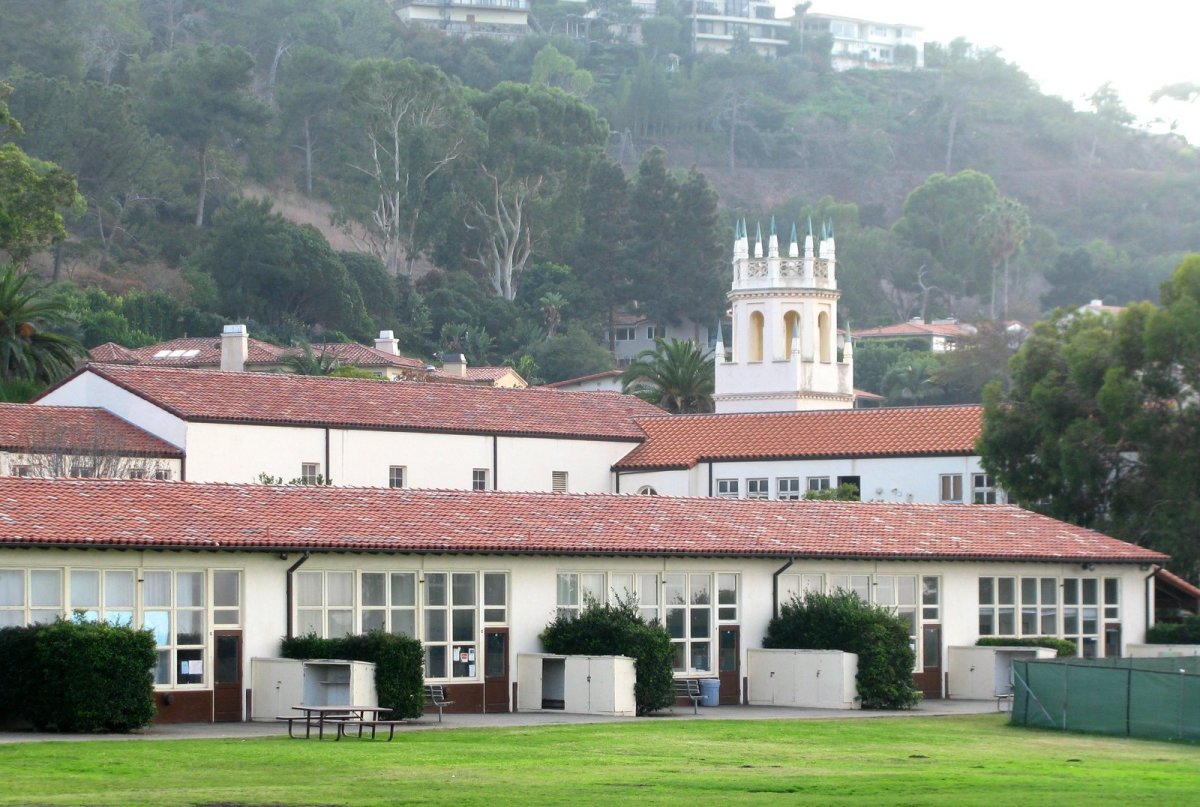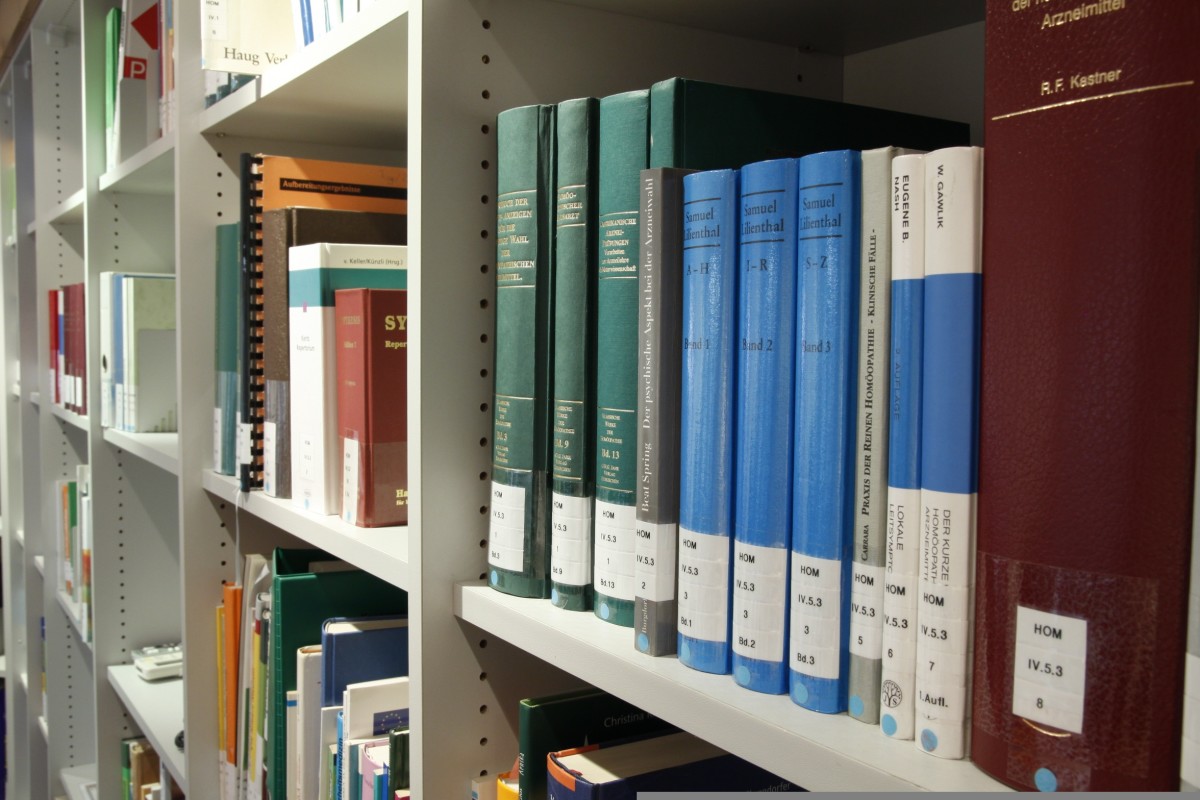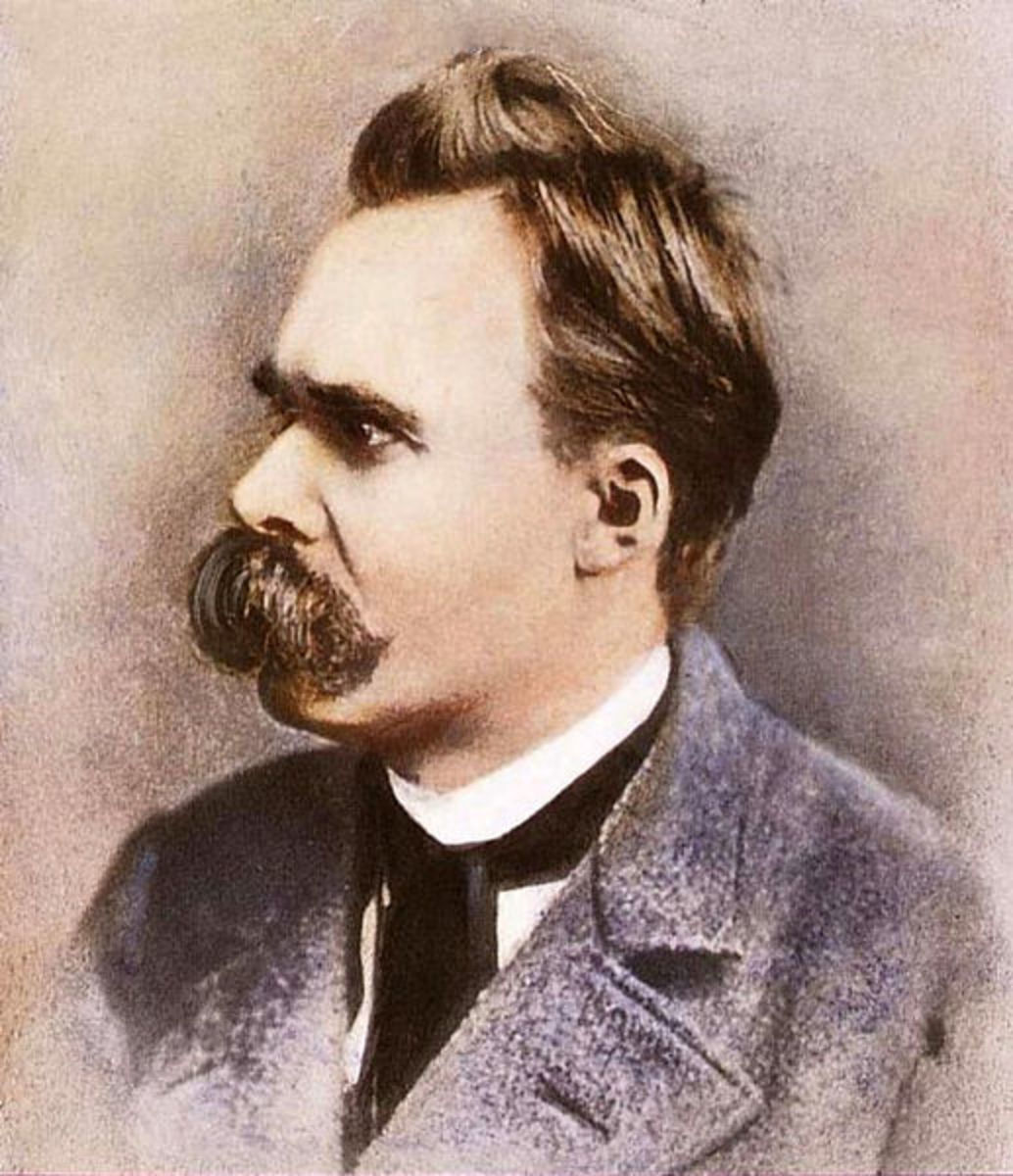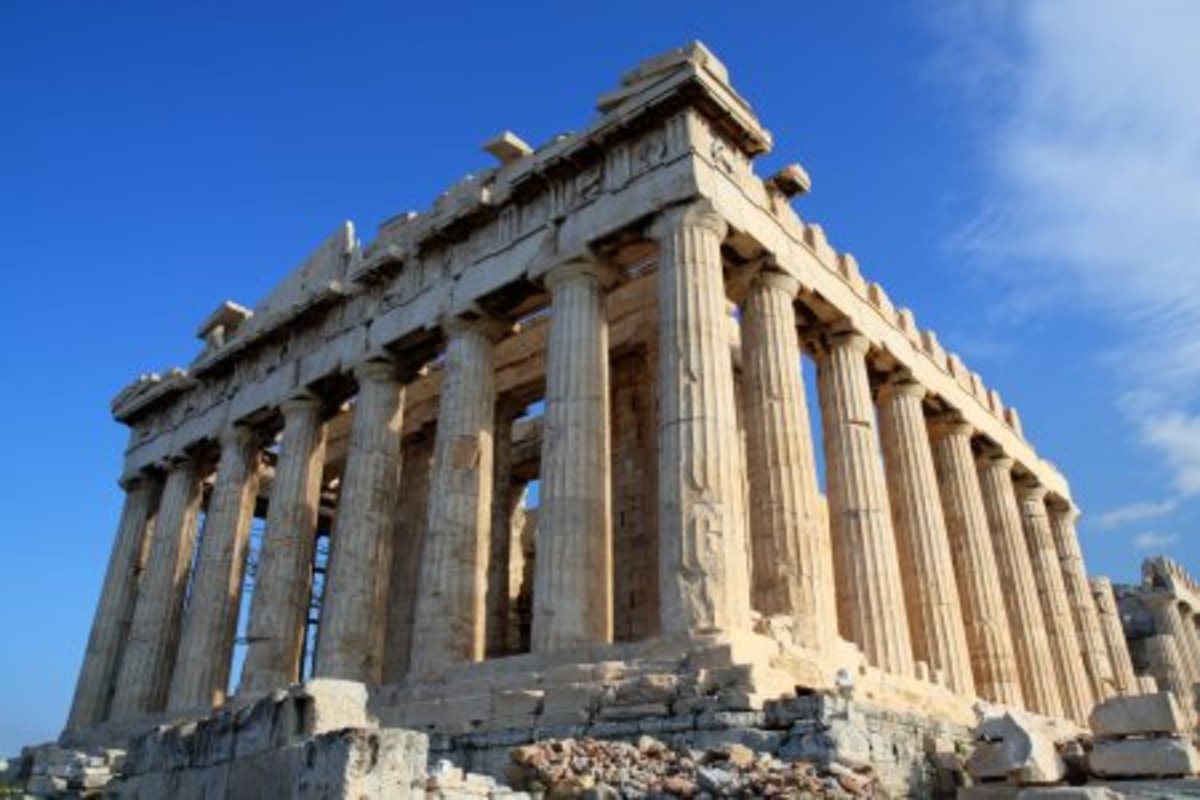About Medieval Education
The middle ages, also known as medieval times, covered a large span of history, approximately from 500 to 1400 AD. Most commonly, this time period was known as the time of knights, monks, kings, and great pageantry. But life didn't completely center around these aspects alone.
The following article will discuss the various forms of education during the medieval era, the different forms of society, and the purposes of education.
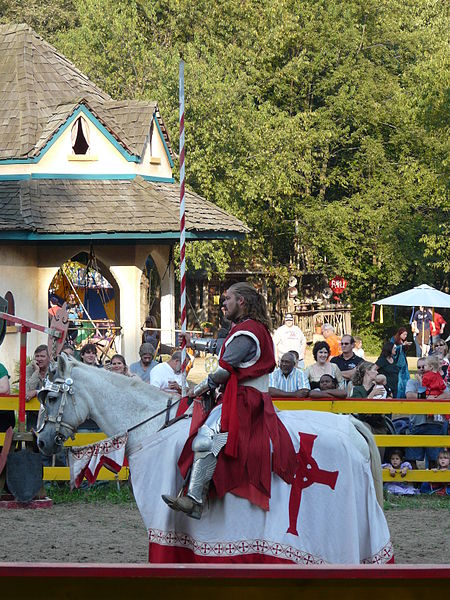
Each form of medieval education was geared towards the students’ class or station of life, and was appropriate for what the student would do later in life.
Types of Medieval Education
During the middle ages there were three basic types of educational agencies, all which related to the class structure.
The first type of education was for the upper class and related directly to the church.
The second type of education was for the feudal aristocracy and taught chivalry.
The third type of education related to crafts and vocation and was for the lower class and what would eventually become a sort of middle class (Gutek, p. 79). Sons of peasants could only be educated formally with the permission of the lord. Some assert that lords rarely allowed peasants to attend formal training in order to "keep them in their place".
Females were only educated in the way to keep their husbands happy and how to run a successful household as a potential mother. There were very few official educational opportunities for young ladies.
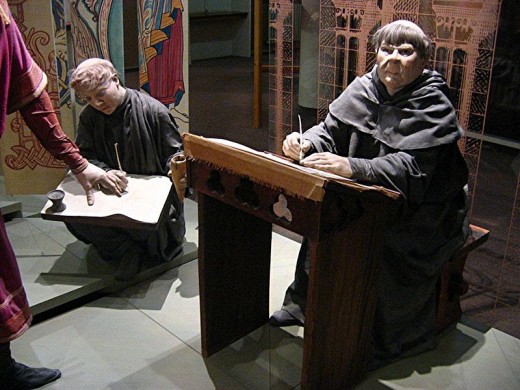
Video clips of a 'Medieval Times' dinner show.
Was Medieval Education "Appropriate"?
In a sense, yes. The word "appropriate" applies to this type of education because all instruction was relative and applicable for future use of the student.
At the time, education was not considered a means of improving one’s social station in life; it was merely intended to fit one’s needs. So yes, students learned what they needed to learn based on their station in life. (Incidentally, I’m so glad modern education affords us the luxury to learn what we want not what only what we need to survive!)
Gutek (1995) notes that medieval education was “direct and informal as they imitated the skills by which their parents survived” (p. 77), this was especially true for the serfs class as they learned skills directly from their parents. Children of serfs learned skills such as a trade or farming, what would be needed in order to provide a proper life for their future household.
Similarly, those in the upper class– or the feudal lords— were educated exclusively by the church, which had a “monopoly over formal schooling” notes Gutek (p. 76). Children in that social circle learned concepts such as etiquette, history and politics, skills that would be needed later in life as they ruled over people.
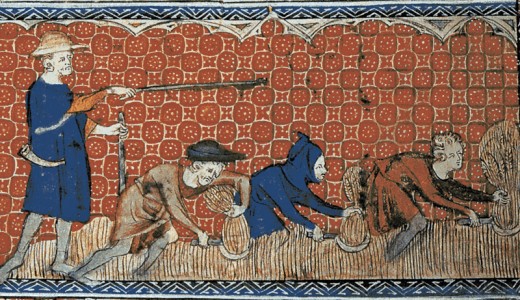
Formal Education- Grammar Schools and Universities
In order for the ruling class to be more educated, and thus better run their businesses of trade, merchants often set up grammar schools to better educate the populous. CSU Pomona notes:
"As populations shifted into urban areas, new professions around mercantile activities were created. Clerks, scribes, accountants, and bankers were all new lines of work requiring literacy and numeracy. The education of common people was thus a task that had to be undertaken on a scale that had not hitherto been possible."
Latin was the main language taught in the grammar school, since it was the language most often used by merchants, thus the schools were often called Latin Grammar Schools. Anyone who hoped to be a successful trader in Europe was expected to know Latin.
After a male student attended a Latin Grammar School he may have attended a college or university. Both Oxford and Cambridge were founded during the medieval age. CSU Pomona also notes "One of the chief legacies of mercantilism was the creation of institutions of higher learning that would come to be known as universities."
References
Gutek, G.L. (1995). A history of the western educational experience. Long Grove, IL: Waveland Press, Inc.
CSU Pomona- The Educational Legacy of Medieval and Renaissance Traditions
Bonus Resources
View powerpoint slides of education (and physical education) during the Medieval Times HERE.


